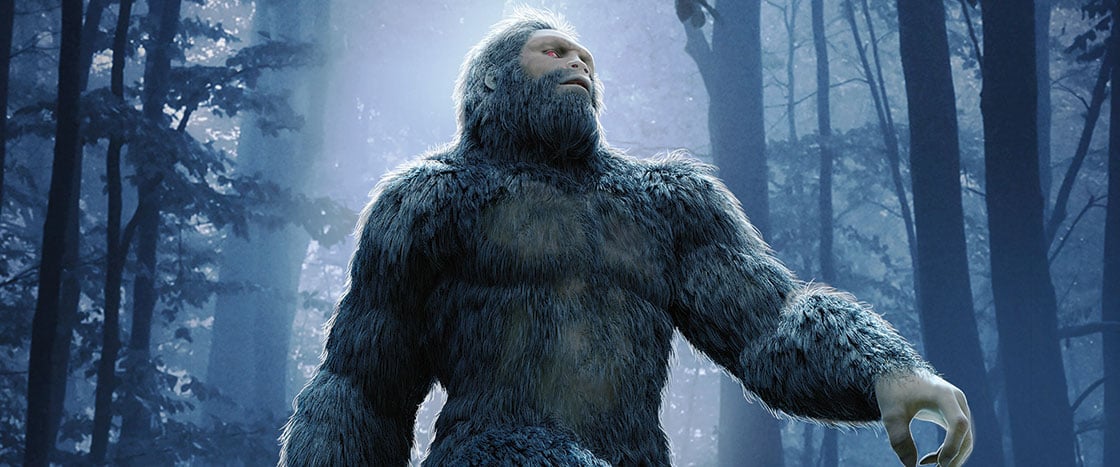On a February night in 1962, Robert Hatfield found himself standing in his sister’s backyard in Fort Bragg, California. Her dogs were howling, and he had gone outside to see what had them so spooked.
That’s where he saw it. In the shadows lurked a giant figure—over six feet tall and covered in hair.
Thinking it was a bear, Hatfield ran to wake his brother-in-law, Bud Jenkins. Then Hatfield went tearing back into the yard and—POW!
He ran smack into the beast.
As Hatfield fell to the ground, he realized the creature was no bear. His heart pounding, he bolted back to the house, the creature at his heels. Jenkins rushed to help. The men struggled briefly with the beast.
Then it turned and stalked off into the night.
Later, a group of locals went looking for the monster but found no trace of it. Still, several of them were convinced they knew exactly what Hatfield and Jenkins had encountered: Bigfoot.


